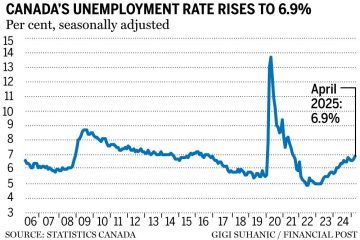Understanding Canada’s Internal Trade Barriers

Introduction
Internal trade barriers in Canada have long been a contentious issue, impacting economic efficiency, provincial growth, and interprovincial cooperation. These barriers, which include tariffs, regulatory differences, and other obstacles to the free movement of goods and services, hinder Canada’s potential as a unified market. In an increasingly globalized economy, addressing these challenges has become more crucial than ever.
Current State of Internal Trade Barriers
According to recent data from the Canadian Federation of Independent Business (CFIB), internal trade barriers cost the Canadian economy an estimated $50 billion annually. The barriers result from inconsistencies in regulations and standards among provinces, causing delays, increased costs, and complicated compliance processes.
In 2020, the Canadian government took steps to address some of these issues with the implementation of the Canada Free Trade Agreement (CFTA), which aimed to reduce barriers to trade and investment across provincial borders. Despite this, progress has been slow, and many provinces continue to maintain distinct regulations that complicate the trade landscape.
Provincial Responses and Reforms
In recent years, several provinces have recognized the need for reform. For instance, British Columbia and Alberta have made strides in harmonizing regulations for specific industries, such as construction and transportation. However, these initiatives require broader cooperation and commitment from all provinces to effectively dismantle the remaining trade barriers.
In 2023, the federal government announced a new strategy aimed at accelerating interprovincial trade by addressing regulatory discrepancies and promoting standardization of practices across jurisdictions. This initiative is designed to enhance competitiveness and bolster economic growth by simplifying trade more effectively.
Conclusion
The elimination of internal trade barriers in Canada represents a vital step towards economic growth and resilience. By fostering greater cooperation among provinces and harmonizing regulations, the Canadian economy can leverage its full potential and compete more effectively on the global stage. As businesses and governments work to overcome these challenges, the successful reduction of internal trade barriers could herald a new era of prosperity and collaboration across Canada.









